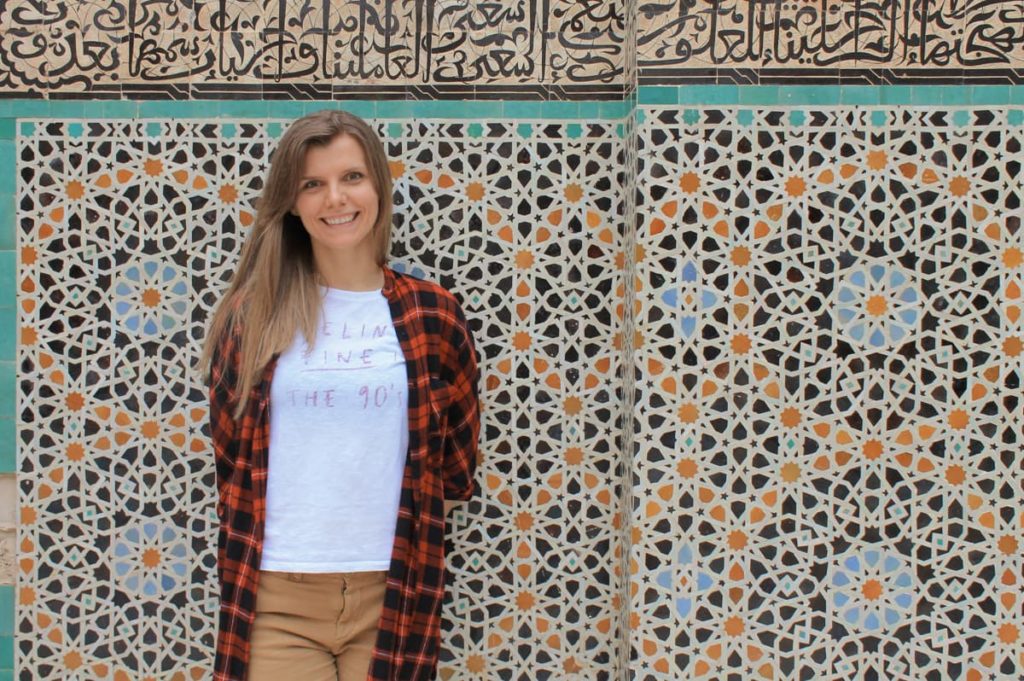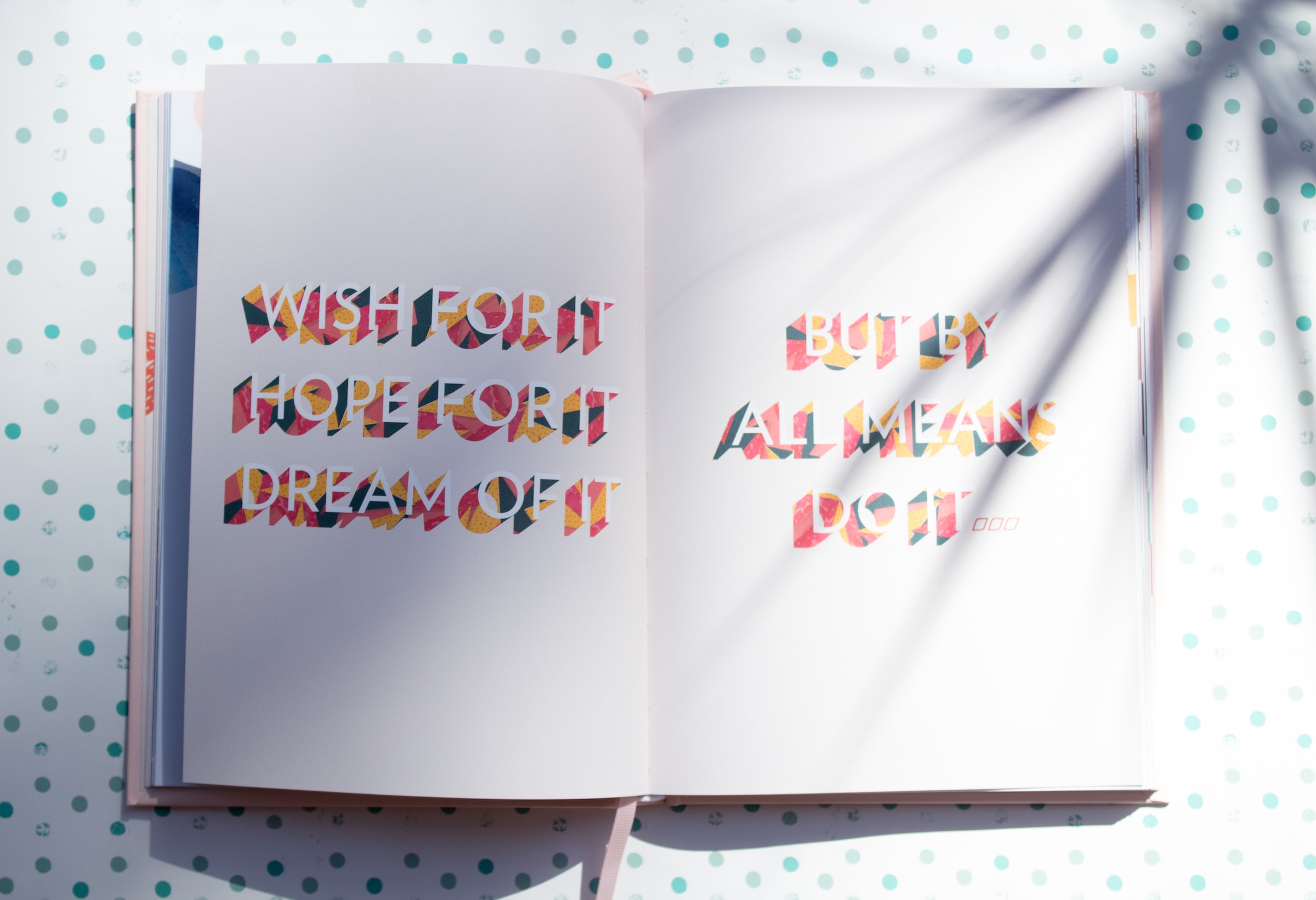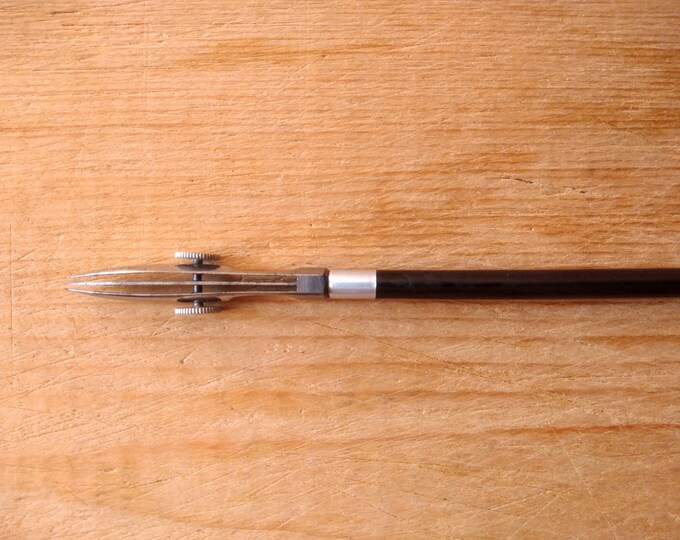
I started with Islamic art in 2016-2017 and it has been an amazing journey so far where I studied a lot, travelled to see the patterns and teach them to my students.
This art form is so pure and unique. Maybe this is why it’s gaining popularity around the world.
So if you want to learn more about Islamic art and patterns you are in the right place.
But first thing first.
WHAT IS ISLAMIC ART?
Islamic art is a visual art that encompasses all the arts produced from the 7th to the 19th century in the Islamic lands, but it doesn’t refer only to religious art.
The term Islamic art applies to all art forms produced in the Islamic world by Muslim artists for patrons of any faith. But it also includes the works created by Jews, Christians, and others, living in Islamic lands, for Muslim patrons.
Islamic art is difficult to characterize because it covers a wide range of lands, periods, and genres. Nevertheless, it can be represented by three distinct disciplines: geometry, islimi and calligraphy.
These 3 art forms were and still are implemented on every craft typical of the Islamic world such as:
- architecture
- glassmaking
- pottery
- ceramics
- carpets
- embroidery
- plaster carving
- miniature painting etc.
ISLAMIC GEOMETRIC PATTERNS
Before going into the details, I want to express what Islamic geometry means to me. Islamic geometry is the calm during the storm, it’s the moment of stillness in a chaotic life, it’s the deep breath that helps me face the world.
The peacefulness that I feel in every construction line, stroke or shape is something that I wish everybody could witness in his/her life.
Geometry was invented long before the birth of Islam. Egyptians, Ancient Greeks and many others used a compass or divider, a straight edge and a tee square to build pyramids, temples and cathedrals.
Islam has helped to preserve that knowledge and hand it down to the present day.
But the meaning of geometry is not only of practical connotation. It has a deeper definition of both cosmologically and philosophically.
Seyyed Hossein Nasr wrote in the foreword of the book Islamic Patterns An Analytical and Cosmological Approach by Keith Critchlow:
“The doctrine of unity which is central to the Islamic revelation combined with the nomadic spirituality which Islam made its own brought into being an aniconic art wherein the spiritual world was reflected in the sensible world not through various iconic forms but through geometry and rhythm, through arabesques and calligraphy which reflect directly the worlds above and ultimately the supernal sun of Divine Unity.”
Islamic geometric patterns are based on mathematics and fit in perfectly on a plane. Patterns are created with compassn and straight edge and they always start from a circle. The central star or the petals of the rosette can be counted and that is usually how patterns are named (five pointed or five fold, six pointed or six fold, eight pointed or eight fold etc)
ISLAMIC BIOMORPHIC PATTERNS
Islimi, arabesques, biomorphic patterns, call it whatever you want, but this easy-looking art form is anything but easy.
Maybe it’s because I like hard corners more than curvy lines or perhaps it’s because I’m a hopeless perfectionist, but the 2 times I attempted at Islimi it took me hours to create a symmetrical and balanced pattern.
This free-hand type of art follows a geometric grid representing the underlying order of nature, and it can be used to:
- illuminate calligraphy
- embellish geometric patterns
- ornate carved plaster, ceramics, wood etc.
- used on their own as the main focus
CALLIGRAPHY
If you think I’m patient, you have never met a calligrapher.
I think Arabic calligraphy is the hardest of the 3 art forms and the most important as it has been used to write the Qur’an.
Paul Marchant wrote in the book Arts and Crafts of the Islamic Lands:
“Geometry, combined together with islimi representing love, provides the setting, which is united by the addition of calligraphy representing the Divine wisdom of the word of God made manifest in the Holy Qur’an.”
Many scripts were developed during the years (more than 20 scripts) but the ones in common use today are Thuluth, Naskh, Muhaqqaq, Maghrebi Kufic, Nast’aliq, Diwani, Riq’a and Squared Kufic.
Nowadays, Islamic art is growing in popularity and if you want to learn more check the rest of my blog posts here.
***Affiliate disclosure: This blog post contains affiliate links which means that I may earn a small commission – at no extra cost to you. This helps to support my work so that I can continue to make valuable free content for you.***
Back to Basics: What is Islamic Art?
January 1, 2020



Hi Sandy. Follow you on insta so Really appreciate all the time & effort you put into sharing about geometry. Like ur first blog – great intro & overview I think. U asked for feedback … keep doing what ur doing! And thanks again
Thank you so much Akbar. It means the world to me. I have a lot to write about indeed and can’t wait to share all the content with you all
Your insta follower! Hi Sandy. Thanks for explaining the differences between the arts. I think it would be handy and more captivating if you added illustrations to show examples of each of the art styles. All the best!
Hello Satya. Thank you very much for your insight. It is very helpful indeed. Will take it into consideration for my next blog post
Hi Sandy! Thank you for this short but powerful introduction! I didn’t know that islamic illumination Is also called islimi, thanks for the info 😉
We still have so many things to learn right? Sometimes this frightens me other times it get me excited. The good thing is to always keep learning
Salams my dear Sandy
Your blog is Ommmmgg amazing! Thank you so much for writing this. I’m your big fan..in awe of your work and aspire to learn from you.so so excited about this and waiting for the next log already..
All the best sis!sending love and blessings from karachi Pakistan!
When I read someone sending me love from a side of the world far away from me it gets me so excited. Like you are really sending me something in the mail and I’m waiting for it to be delivered at my door. I imagine that to be chocolates haha LOL thank you for the comment
Hi Sandy.
I am really looking forward to your blog series.
I have so many hobbies, and not as much time. I still haven’t put pencil to paper. However, it will happen soon.
Thankyou for sharing your wisdom and knowledge on this beautiful art.
Wishing you a healthy, happy and peaceful 2020.
With love. x
I feel you Karen. I’m the same. I’ve started to write the things I want/have to do on my phone because there are way too many and I don’t want to forget them. Anyway where there is a will there is a way and I’m sure you will pick up the pencil sooner than you think.
Thank you for starting this blog. I look forward to learning more about another art form, spirituality, and worldview.
52 blog posts are schedules in 2020 and I bet you will find them as useful as funny wish you all the best
Thank you for sharing Sandy..your love for what you do is totally infectious
Thank you Mahmudah. I really hope to inspire people to pick up a pencil and start exploring their artist self
Hello Sandy,
Great start. Looking forward to the next post.
Thank you
Thank you Sandy
I too look to Islamic geometry for the calming and mindfulness I receive. The way the art form is presented on various web sites , YouTube, Facebook and others, allows a newbie to feel productive right away. There is always a new project to challenge you.
I am hoping this blog will continue to be informative to all skill levels. This type of material is so important to having the sense of community.
Thanks again Sandy!
Hi John I’m glad you find it challanging and not overwhelming. I think many of the beginners find it confusing this is why I’m trying my best to make clear instructions and posts
One topic I would like to see would be on the proper use of the drop how compass. I received one for Christmas and noted right away the lead and point are reversed. The reason I asked for one was for weaving, to draw small circles and the end of a line to ensure a consistent weave width.
Thanks.
This would be a great topic for some video tutorials. Gonna do them as soon as I get back home from holidays thank you for the inspo
Your first 2020 blog post is brief but very informative. (Perfect for my learning style). I aspire to the precision and miniaturization you demonstrate in your recent work, so I’ll be very interested to read anything you can share about that process–what you started with, how you mirror and tile the designs, what watercolor products you favor, whether you feel it’s okay to stray from the classic color combinations, and anything else you care to write about.
I have been hesitant to post too much of my "beginner" work on IG, but maybe we need a Rank Amateur category as a safe space! In the meantime, thanks for your generosity in reaching out with your knowledge and talent.
Thank you so much for the inspo I’m going to add your requests because they are really interesting and could be helpful for others.
Oh we are all beginners in some kind of way and we all have a lot to learn
An excellent start!
To start, aww thank you for sharing your time to do this blog for us all to journey with you the info here was presented in a lovely clear and concise style.
To have some pointers for the entrepreneurial stuff would be just great as that aspect is very overwhelming to me.
Regards
Shandelle
There will be posts about that topic too. I’m still learning myself but I know that I can help many of you by sharing my story
Lovely start!!!
thank you
Salams sandy
Now I honestly feel like sending you some chocolates and perhaps one of my hand painted pieces.
Do you have a mail box don’t want your personal address etc bc I don’t want to freak you out.. Just a sincere gesture
Hahahha thank you so much Fatimah chocolates are always welcomed you know how much I love to eat
Can’t wait for more info.
Thanks
Hani
Thank you!
Hello Sandy, Thank you so much for this informative post! Short and clear works the best for a lot of us I guess!! I love your work and your enthousiasme about what you are doing, even more after I met you last July at the exhibition in London at the Homerton hospital. You are such a lovely and inspirational person- just looking at your IG posts makes my day! Being a former student of Adam & Richard and Samira I made myself a promise to find more time to pick up my pencil and compass again. Looking forward to your next blog!
Hi Monique. It’s nice to hear from you again. I’ve tried to be consistent with my practice but life is so tough sometimes and I ended up being stressed for not having time to draw. So now I pick up the pencil when I feel the need to express myself and feel some peace. You never stop learning
Thank you! So informative as well as the most simple yet interesting piece of information on Islamic Art.
Thanks from Israel
[…] Back to Basics: What is Islamic Art? […]